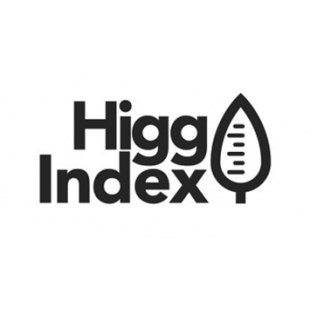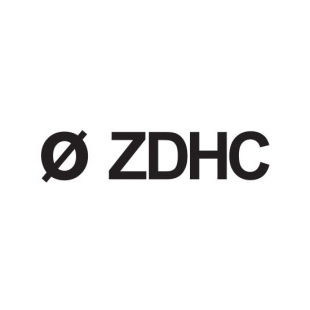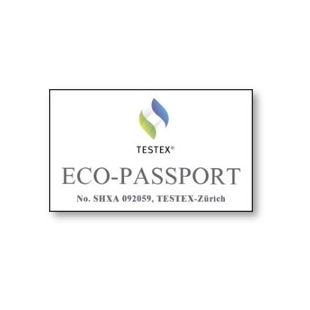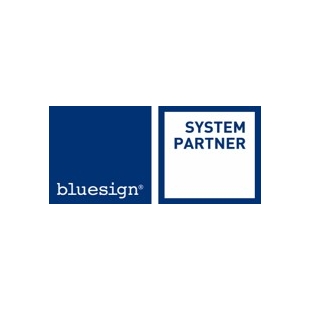CERTIFICATION
-
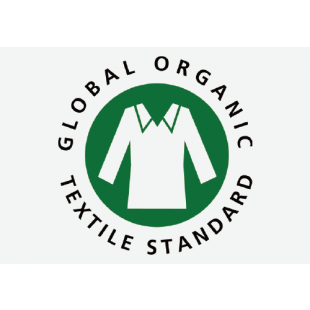
GOTS
The starting point for the development of the Global Organic Textile Standard (GOTS) was the International Organic Cotton Conference held in Dusseldorf, Germany in 2002. Global organic cotton producers, textile processors, consumers, standardization organizations, and verification agencies gathered together to discuss how to solve various certifications in the organic textile market, and decided to establish the International Working Group on Global Organic Textile Standards (International Working Group on Global Organic Textile Standard, IWG) to construct a unified standard applicable globally. German International Association of Natural Textile (IVN), American Organic Trade Association (OTA), British Soil Association (Soil Association, SA), Japan Organic Cotton Association (Japan Organic Cotton Association, JOCA), etc. The four international standards organizations come together to discuss GOTS. In 2005, GOTS version 1.0 was released. It began to be used in 2006, and relevant standards and guidelines were announced in 2008. Its standard content includes two major parts: product environmental protection and corporate social responsibility, and for organic textiles, it sets out regulations from raw material production to clothing labeling methods, and is aimed at the textile supply chain. Perform independent and complete verification.
The core consideration of GOTS is to ensure that organic textiles are in compliance with the regulations from harvesting, raw materials, processing and final product packaging, so as to bring reliable products to final consumers. Textile and clothing products that contain at least 95% of certified organic fibers will be awarded the "organic" (organic) grade label, and those with only 70% will be awarded the "made with organic" (made with organic) grade label. To achieve consistency and transparency in organic textile standards by requiring textile manufacturers to regulate the production of organic textiles and apparel with globally recognized standards. GOTS covers all processes of natural fiber planting, processing, packaging, labelling, import, export, distribution, etc., and the final products include but not limited to fibers, yarns, fiber products, and clothing accessories.
According to the latest GOTS version 5.0, the content of the specification includes three major items: guidelines, social guidelines, and quality assurance system. The guidelines are further divided into "production requirements for organic fibers", "requirements for the composition of fiber raw materials", and "products used in each processing stage. General Requirements for Chemical Inputs" and "Specific Requirements and Test Parameters".
On-site inspection and verification of processing plants, manufacturers, and traders by an independent professional verification organization is the basis of the GOTS supervision system, and based on this, GOTS-labeled textiles with credibility are provided.
Certification application
Textile processing plants, manufacturers, and traders can apply for the GOTS mark. Applicants should first contact a GOTS-approved certification body. The certification body can provide an assessment of the operation process and timeline from application to completion of certification. In addition, the verification agency will also estimate the verification cost based on the location, scale, operation status and other relevant factors of the case. In principle, all GOTS-approved certification bodies are allowed to provide global inspection and certification services, and applicants can choose any certification body to apply. Some operators provide services through regional offices or cooperate with local operators, but some operators coordinate and integrate global services through the company headquarters. However, GOTS has restrictions on the scope of inspections that each certification body can perform. The scope of textile supply chain inspections that a certification body can perform can be divided into the following categories. The contact information of relevant certification bodies, regional representatives, and information on the scope of inspection are listed. On the GOTS website:
1. Scope 1: For textile machinery processing, production procedures and products.
2. Scope 2: For wet processing, finishing procedures and their products.
3. Scope 3: For trading activities and products.
BSI Group (Jiangsu Dawan) have been completed the GOTS application in 2022. When manufacturers seek GOTS-compliant dyes and auxiliaries, we have more than 300 types of textile dyes, pigments, and auxiliaries to choose from.
For more information on GOTS, visit https://global-standard.org/.GOTSmore -
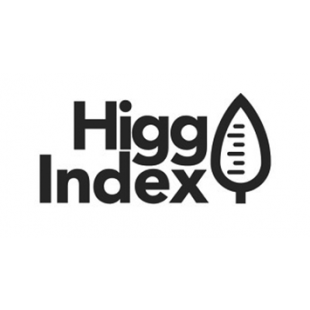
Higg Index
The Higg Index is an innovative self-assessment tool developed by the Sustainable Apparel Coalition (SAC) to help apparel, footwear, retail, and brand owners of all sizes utilize product lifecycle assessments Impact on environmental, social, and labor performance and identifies opportunities for improvement.
The Higg MSI is the quantitative basis for the Higg Index product tool. It is a cradle-to-gate materials scoring tool designed to engage product design teams and global supply chains in environmental sustainability. Originally developed by Nike, the Higg MSI was adopted by the SAC and included in the Higg Index in 2012. Since then, SAC has been working to expand the index into a tool that can provide value to the entire industry.
The Higg Materials Sustainability Index (MSI) is a cradle-to-gate materials scoring tool from Life Cycle Assessment (LCA) data and methodologies to engage product design teams and global value chains in environmental sustainability.
MSI Contributor: A tool that anyone can submit material production data for review and use to score material in the Higg MSI.
NORMATIVE CONTENT
Higg MSI is a cradle-to-gate material scoring tool that addresses the extraction of raw materials or processing for production to manufacturing to their ready assembly into final products (referred to as "materials"). The base unit of the Higg MSI is 1kg. So Higg MSI can compare a kilogram of a specific material to a kilogram of another material.
Higg MSI has three key components:
1) Taxonomy: A method of collecting and organizing material production data.
2) Material data: Cradle to gate material production or Life Cycle Impact Assessment (LCIA) data. The Higg MSI database holds verified data on raw materials and various material production processes as well as other material specifications.
3) Scoring method: A method of interpreting the data. Higg MSI uses a scoring framework to convert data into individual environmental scores for materials.
Higg MSI Database Taxonomy
The Higg MSI database holds third-party reviewed material production data, modeled to determine impact and scored against the Higg MSI scoring framework (see below). The database is organized according to a very specific taxonomy determined by SAC members. This taxonomy defines the following:
• Material Category: The complete material category commonly found in the apparel, footwear, and home textile industries. Current MSI material categories include textiles, leather, synthetic leather, plastics, rubber/elastomers, foams, metals, wood-based materials, insulating materials, and coatings/laminates.
• Production stage: Material production steps where various treatments can be performed. Each material category has a specific set of production stages. More than one production stage is used to create finished materials.
• Base Materials: General-purpose materials commonly used in the apparel, footwear, and home textile industries. The base material consists of multiple processes defined by the SAC.
• Process: The actual production process used to create the material. Each stage of production may use a different process.
Higg MSI aims to differentiate the materials used for design and procurement based on the environmental impact of production from cradle to gate. Higg MSI is accessible online at msi.higg.org to provide transparency on data, scores, and scoring methodology. Here, the public can learn about the major impacts, what causes them, and the different production processes that can be used to reduce them. Higg MSI allows users to "customize materials" by creating blends and swapping out different processes and material specifications to see how material scores change.
BSI Group (Jiangsu Dawan) have been completed the FSLM self-assessment in 2021. When manufacturers seek HIGG-compliant dyes and auxiliaries, we have more than 300 types of textile dyes, pigments, and auxiliaries to choose from.
For more information on Higg, visit https://portal.higg.org/user-registration/login.Higg Indexmore -
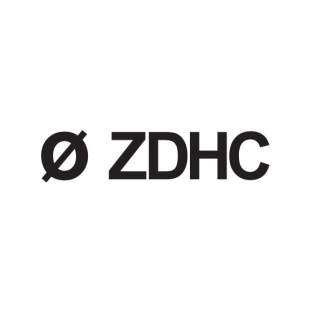
ZDHC
The ZDHC (Zero Discharge of Hazardous Chemicals) program is a group of 27 contracted brands, 81 value chain associations, and 17 associations. The ZDHC Foundation is committed to promoting the zero discharge of hazardous chemicals in the value chain of the textile, footwear industry, and other industries, thereby improving the environment and people's lives. ZDHC is an organization that promotes zero emissions of hazardous chemicals in the textile, leather, and footwear industries. Its plan has identified four key areas and two intersecting areas, and these four key areas are: " Manufacturing Restricted Substances List (MRSL) and Conformance Guidelines, wastewater quality, review protocols, and studies, data and information sharing and training in both cross-cutting areas. The Manufacturing Restricted Substances List (MRSL) is an action policy issued by the ZDHC organization in the Zero Emission Joint Plan Blueprint V2.0, which is intended to restrict the use of hazardous chemicals in the production of chemicals (printing, ink, detergent, auxiliaries...etc) used in the manufacture of textile and leather materials and garments and shoes.
The benefits achieved by ZDHC are as follows:
For formulators: Advancing zero emissions of hazardous chemicals in the textile, leather, and footwear industries.
For suppliers: Commitment to ZDHC industry standards to reduce the use of hazardous chemicals.
For Brands: Support your suppliers in the sourcing of sustainable chemicals.
For partners: Collaboration and information sharing are key.
BSI Group (Jiangsu Dawan) joined the ZDHC Chemical Gateway member in 2017 and became an associated member of the value chain. When manufacturers seek to produce dyes and auxiliaries that meet ZDHC approval, we have a wide range of high-quality products to choose from.
For more information on ZDHC, please visit https://www.roadmaptozero.com/?locale=en_cn.ZDHCmore -
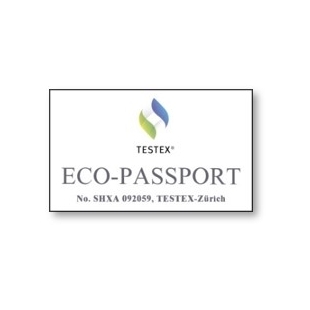
OEKO-TEX® ECO PASSPORT
ECO PASSPORT is a three-stage verification system designed for chemical and compound manufacturers. Leather and textile chemicals verified under ECO PASSPORT have been tested for critical concentrations of hazardous substances listed in the ECO PASSPORT standard. The label provides transparent proof of compliance with the standards for responsible eco-friendly textile and leather products. OEKO-TEX® updates banned substances and limits values annually and incorporate new scientific findings or statutory requirements.
ECO PASSPORT by OEKO-TEX® is a certification system through which manufacturers and suppliers can demonstrate that their products can be used in sustainable textile production. ECO PASSPORT certification has two distinct but complementary processes:
1. Restricted Substance List (RSL)/Manufacturing Restricted Substance List (MRSL) Screening
2. Analytical verification in the laboratories of OEKO-TEX member institutions
Products that meet the requirements of the above two processes can obtain ECO PASSPORT by OEKO-TEX® certification and be listed in the OEKO-TEX® Purchasing Guide, which is OEKO-TEX®’s core purchasing platform for certified products and raw materials.
The benefits of ECO PASSPORT by OEKO-TEX® are as follows:
During the validation process, OEKO-TEX® helps companies choose chemicals that are ecologically sound and environmentally friendly. The testing process has a high CP value, including a comparison with REACH SVHC and OEKO-TEX® RSL and MRSL screening.
ECO PASSPORT can be used as transparent evidence that certified products can be used in sustainable textile production. This expands the potential customer base of brands and retailers.
Prove sustainable production processes for customers. ECO PASSPORT is a third-party independently verified label that helps build customer trust.
Get ECO PASSPORT and benefit from an integrated approach to chemical handling that increases the safety of your production chain.
The third-step verification is recognized by the ZDHC as "Compliant with MRSL Level 3", the highest current level of compliance. Completion of the first and second steps is to meet the ZDHC Level 1 requirements.
Save the cost of laboratory testing in "STANDARD 100 by OEKO-TEX®" and "LEATHER STANDARD by OEKO-TEX®" validation, OEKO-TEX® recognizes ECO PASSPORT as pre-validation.
Validated products can be displayed free of charge in the OEKO-TEX® Buyer's Guide, which covers more than 14,000 users.
The ZDHC website for related chemicals and GoBlu's BHive App can be used to issue verified products, including all relevant certificates.
OEKO-TEX® certified ECO PASSPORT by OEKO-TEX® chemical products are approved for use in STeP by OEKO-TEX® certified factories and STANDARD 100 by OEKO-TEX® certified products.
BSI Group (Jiangsu Dawan) obtained ECO PASSPORT certification in 2013. When manufacturers seek to produce dyes and auxiliaries that meet ECO PASSPORT certification, we have a wide range of high-quality products to choose from.
For more information on ECO PASSPORT by OEKO-TEX®, visit https://www.oeko-tex.com/en/.OEKO-TEX® ECO PASSPORTmore -
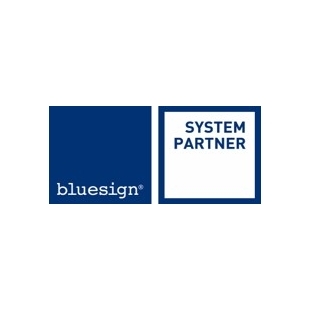
Bluesign
Bluesign was founded in Switzerland in 2000 to provide a comprehensive production control system to limit the impact of textile production on human health and the environment. Now the international inspection company SGS owns 80% of its shares. The Bluesign is based on five principles of sustainability: resource productivity, consumer safety, air emissions, water emissions, and occupational health and safety.
The elements and processes applied are pre-production audited, not a test manufacturer's finished product. This so-called input stream management system ensures that the use of problematic substances is avoided from the outset, making the finished product absolutely safe. The standard defines specific criteria to be applied at each stage in the production chain to ensure compliance with the five principles of sustainable development. These standards are based on the concept of "Best Available Techniques" (BAT). Fundamentally, they require a high level of safety for humans and the environment as well as sustainable production processes.
The Bluesign has three main tools:
bluetool: chemical assessment tool. Chemical products must be confirmed by bluetool to obtain Blue Label certification
bluefinder: Approved System Partner Supplier (Non-Public Domain) Dyestuffs and Chemicals Database
blueguide: directory of bluesign-approved manufacturers of textile products
BSI Group (Jiangsu Dawan) joined the Bluesign in 2010 as a system partner, and now more than 300 textile dyes, pigments, and auxiliaries are listed in bluefinder's database. Therefore, when manufacturers seek to produce Blue Label-approved dyes and auxiliaries, we have a wide range of high-quality products to choose from.
For more information on Bluesign, visit http://www.bluesign.com/.
Bluesignmore


